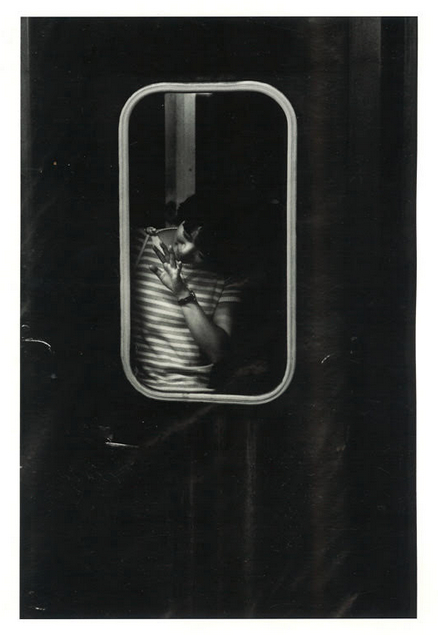I have spent a lot of time recently looking at Japanese photography from the 1960s through the early 1980s. There is a great depth of material. Photographers that are outstanding and so very different from what we are used to seeing in Europe and North America.
I am sure that we can come up with many reasons for this. The end of WWII. The horror of Hiroshima and Nagasaki. The devastation of a nation. The loss of a generation. Famine and malnutrition. Layer upon layer of pain and suffering. But the crop of photographers that are now dying out, who were born during or shortly after the war, are sadly not well known outside of Japan. They did incredible work.
Often heavy and moody. Often a little, or even very sad. Contemplative. More often than not printed with heavy blacks. There is a feeling. An atmosphere that makes me pay attention. Often saying ‘Japanese’ well before I look at the label. It is hard to explain. But, very real. It is as though the Japanese idea of perfection is there, in terms of skill. Like a great sushi chef, who spends 10 years making the rice before being let near the fish, or a knife. Photographers in Japan of the postwar generation are like that to me. Skilled beyond most anyone, but being Japanese they perfect their skills and then they let a little wabi-sabi in. A little natural error. Beauty in imperfection. This is done with the harder blacks in the printing, the crop, or simply shooting from the hip without even looking, and saving it in the darkroom, as in the case of Moriyama.
I was recently able to view a show by Shin Yanagisawa. Now in his 80s. He frequented a particular train station in Japan with obsessive regularity and produced a body of work. A wonderful book. And to my good fortune, a small show of vintage prints in a small gallery in Paris. In the print here, which I admire greatly, he has achieved a feel, a mood and a story to be told by anyone who has ever seen anyone off at a station or airport. Only 18 x 24 cm in size, the black is deep as the darkest night, and the woman… well, what can I say. This is a photograph that is universal, yet, so very Japanese.

In 2001, Shin Yanagisawa said: “…… I have always believed that photographs express something that cannot be captured in words. If I were able to express myself in words, I would stop working as a photographer.”
The lady on the train needs no title, no story. This may be the highest form of poetry.
Harbel

